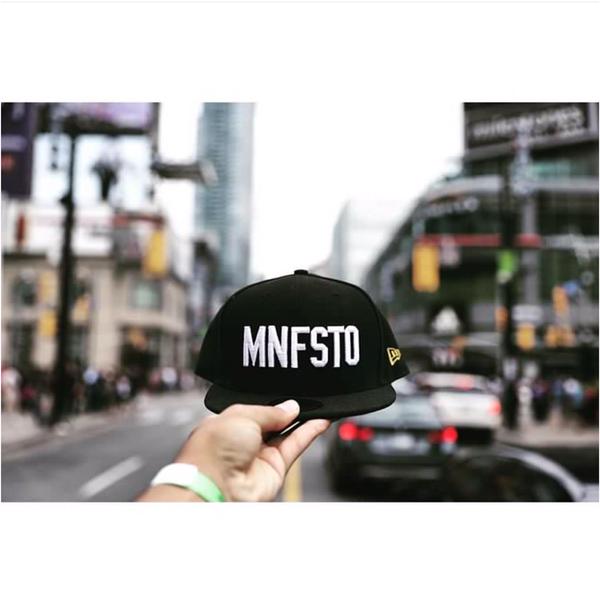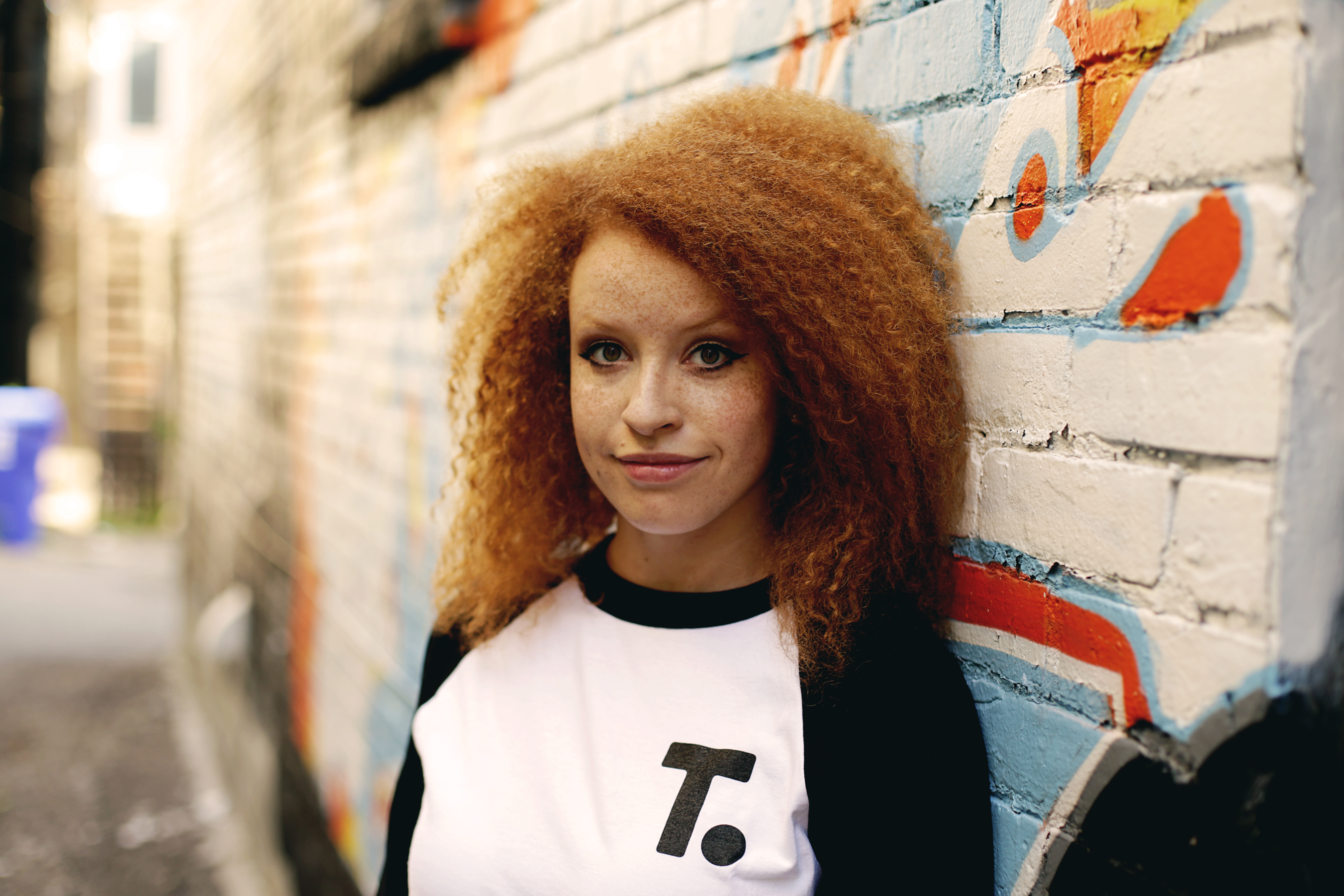
Meet the Team is a short series of posts that will be introducing the public to the 2015 Manifesto team- the people who are running things from behind the scenes.
Jade Jager Clark joined the Manifesto team this year as the in house dance programmer. She first came to Manifesto to promote one of her many dance events, and was later contacted by Managing Director Judi Lopez to discuss her participation as the Dance Programmer for the 2015 Festival.
Jade is a passionate artist; a dancer at heart, she started Jade’s Hip-Hop Academy in her home city of Brampton in 2006. Since opening, she’s taught over 2,500 kids how to pop, lock, break and krump, and has provided dancers for almost 300 events including Unity Festival, and TV appearances on Breakfast Television and TVOkids. This past summer alone her group has performed over 18 times at PanAm and Para Pan Am, as well as YTV Beach Bash at Canada’s Wonderland.
To learn more about Jade’s Hip Hop Academy, head over to http://jadeshiphopacademy.com/
See her also on Twitter @Jadeshiphopacad and Youtube
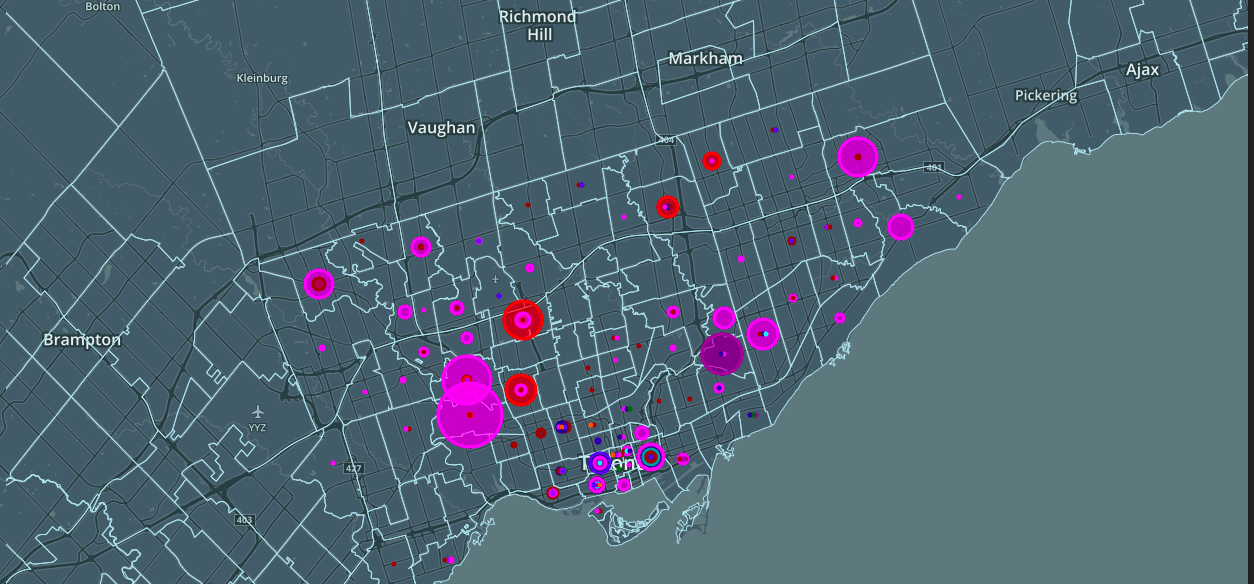
If you are a youth arts group in Toronto how do you measure success? It can’t be just about revenues. Or huge crowds to local events.
What we can measure is the cultural impact of Manifesto on our community at large.
Artdata is an interactive data visualization funded by the Laidlaw Foundation and the Toronto Arts Council that gathered data on the programs and reach of 12 youth arts groups across the city. The interactive map, the Toronto Star Website, and ArtData on our own website will be launched today.
Here is sneak peek at the footprint of the Manifesto programs of 2014.
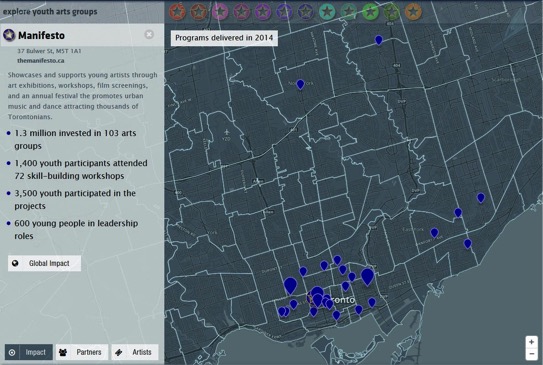
So Toronto: this is how WE measure success! Total number of programs across the city!
This is how we measure the global impact of our Manifesto messengers. Tour dates for 8 Manifesto messages between 1999-2003.
This is how our community – 12 other youth-arts led organizations – spell success! This is our collective footprint – measured by outreach programs, participation, audience and community partnerships.
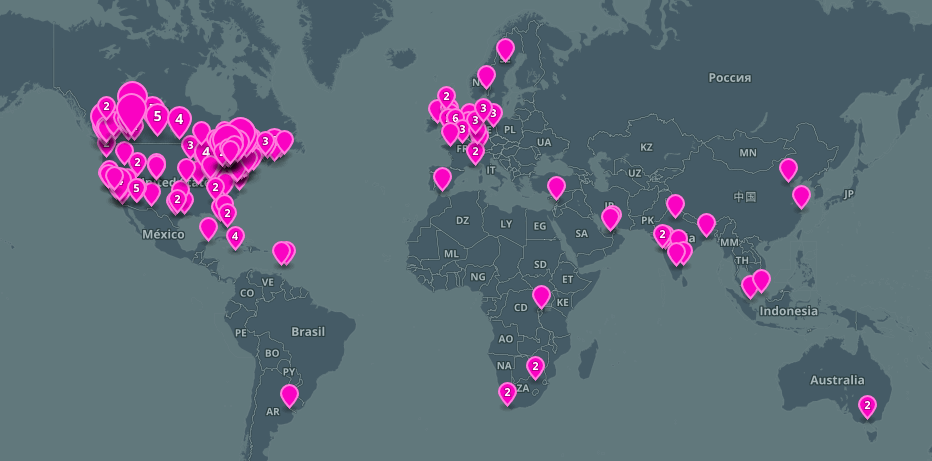
And if you want to see just how some of our young artists get around check this out!
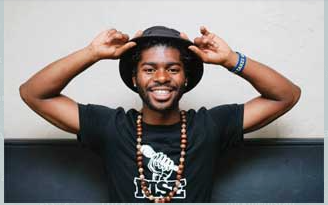
This is how you navigating the interactive visualization.
To see the impact of individual organizations, click on the stars across the map. To see the collective impact of our ecosystem click on the PARTICIPATION, TOTAL IMPACT AND SPONSOR buttons along the top of the map.
To view the impact of individual artists who have participated in youth-led arts groups, click on the ART TRAILS button.
Shout out to the Laidlaw Foundation and Toronto Arts Council who funded this project. #artdatatoronto
>> Launch ArtData
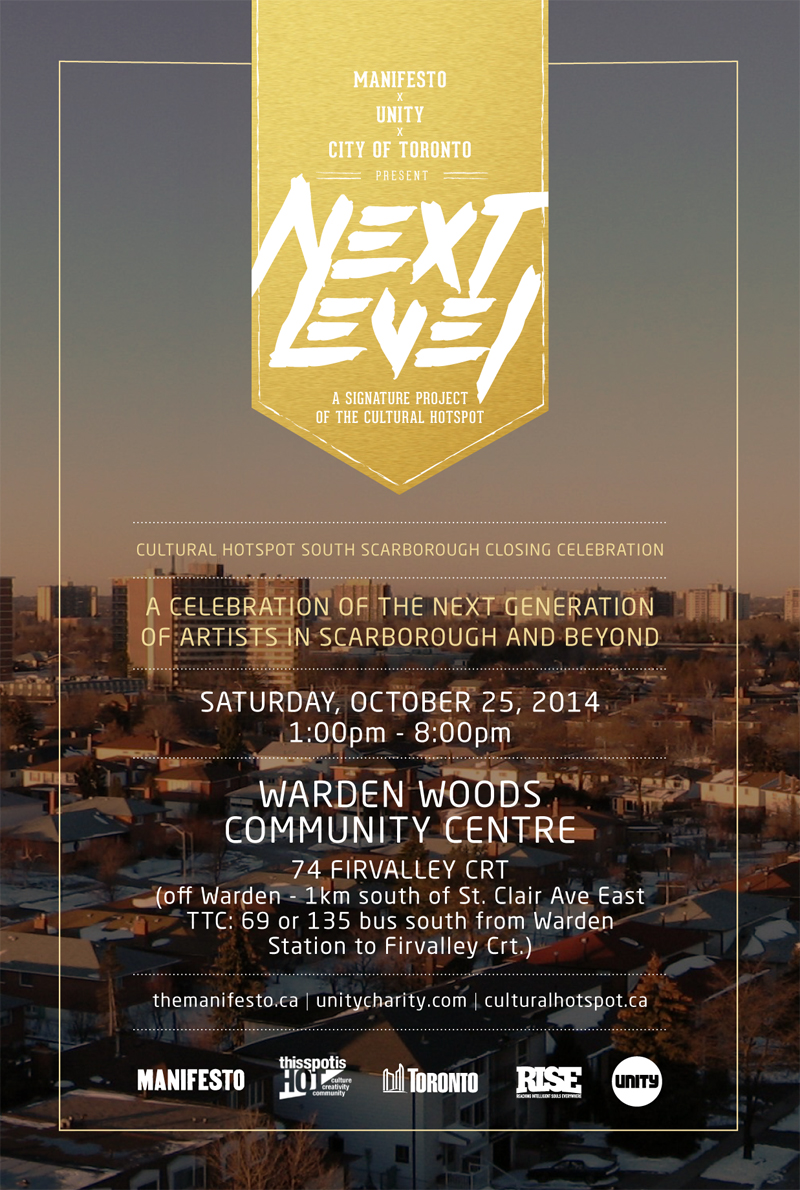
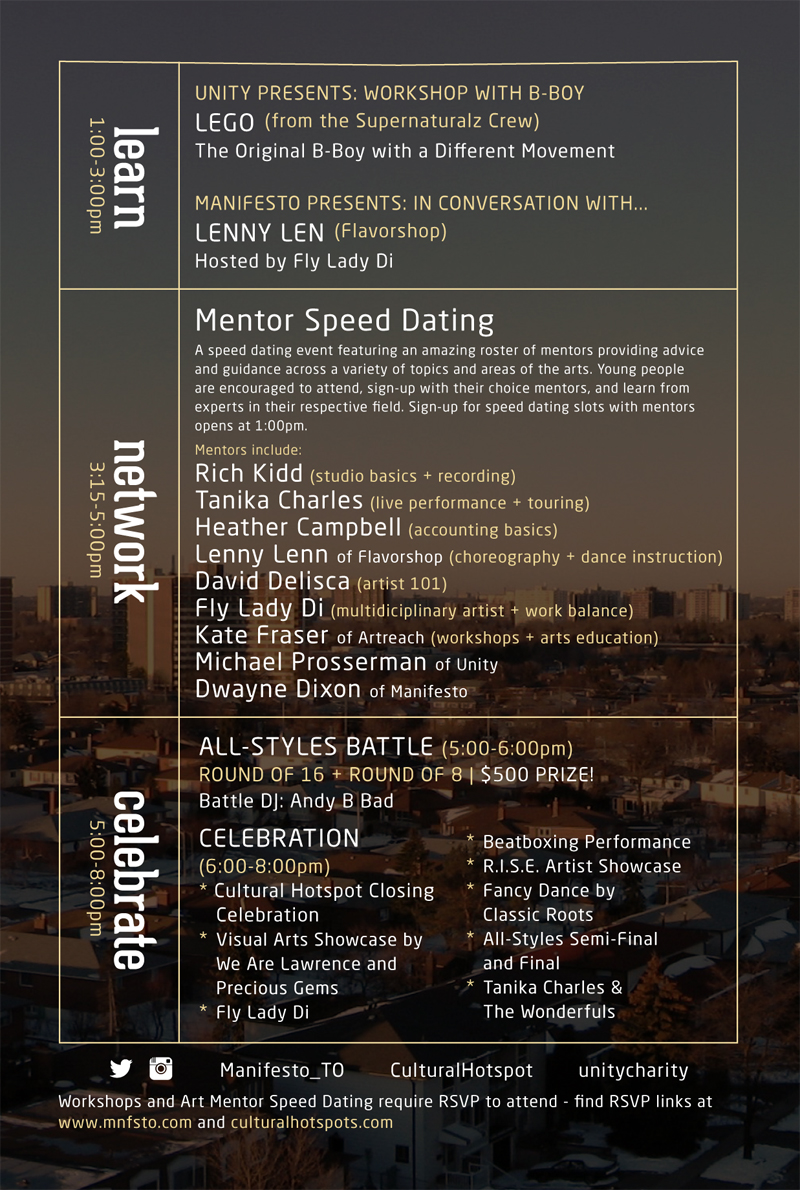
Celebrating the next generation of artists in Scarborough and beyond!
Saturday, October 25
Warden Woods Community Centre
74 Firvalley Crt (1km South of St. Clair off of Warden – South Scarborough)
TTC: 69 or 135 Bus South from Warden Station to Firvalley Crt.
1:00 – 8:00pm
Cost: FREE w/ RSVP (see RSVP links below)
LEARN /// 1:00-3:00pm
Unity presents:
Workshop with B-Boy Lego from The Supernaturalz Crew
The Original B-Boy w/ a Different Movement
RSVP to attend: http://bit.ly/1tbZiR7
Manifesto presents:
In Conversation with Lenny Len (Flavorshop)
hosted by Fly Lady Di
RSVP to attend: http://nextinconvo6.eventbrite.ca/
NETWORK /// 3:15-5:00pm
Arts Mentor Speed Dating
A speed dating event featuring an amazing roster of mentors providing advice and guidance across a variety of topics and areas of the arts. Young people and developing artists are encouraged to attend, sign-up with their choice mentors, and learn from experts in their respective field. Speed dating slots will be 10-minutes in length and sign up for one of nine spots per mentor begin at doors open at 1:00pm.
RSVP to attend: http://nextlevelspeeddate.eventbrite.ca/
Confirmed mentors include…
Rich Kidd (studio basics + recording)
Tanika Charles (live performance + touring)
Heather Campbell (accounting basics)
Lenny Len of Flavorshop (choreography + dance instruction)
David Delisca (artist 101)
Jalani Morgan (photography)
Fly Lady Di (multidiciplinary artist + work balance)
Mark Kurupt Stoddart (small business + entrepreneurship)
Giles Monette (art show curator + visual artist)
Kate Fraser of Artreach (workshops + arts education)
Jen Fabico of Scarborough Arts
Dwayne Dixon of Manifesto
Mike Prosserman of Unity
Chris Jackson of The Big Ticket (concert promoter)
Omer Ismael of AVNU (avnu.ca)
REMEMBER: Sign-up for speed dating spots begins at 1:00pm when doors open.
CELEBRATE /// 5:00-8:00pm
5:00-6:00pm
All-Styles Battle Round of 16 + Round of 8
$500 prize to the winner!
Battle DJ: Andy B Bad
Register to battle: http://bit.ly/1DALzVY
6:00-8:00pm
* Welcome + Cultural Hotspot supporters
* Visual art showcase by We Are Lawrence East and Precious Gems
* Host DJ: Fly Lady Di
* Beatboxing performance
* R.I.S.E. Artist Showcase
* Fancy Dance by Classic Roots
* All-Styles semi-final and final
* Tanika Charles & The Wonderfuls (full 30 minute set)
Hosted by: David Delisca + Jordan Viera
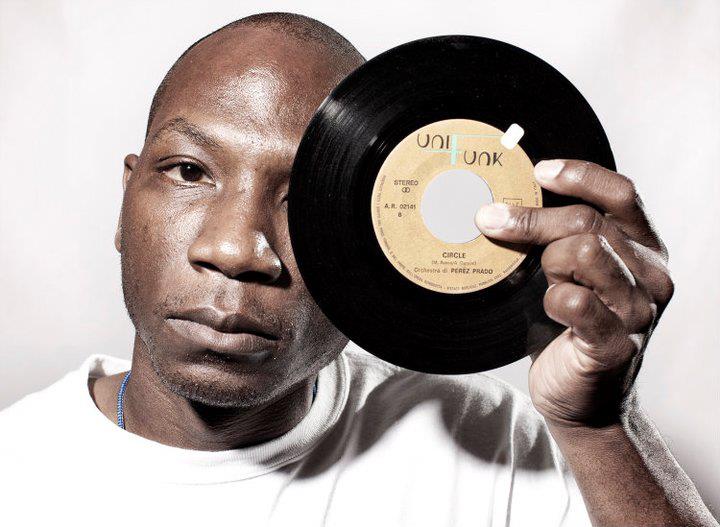
by Luke Fox
“It’s always about the element of surprise, where I play something and now you have to adapt to it. That’s the test: Can you adapt to music you don’t know?”
A rabid collector of classic kung-fu flicks, ’80s cartoons, Black cinema memorabilia and, oh yeah, records—he estimates his 45 collection alone at upwards of 3,500—DJ Skeme Richards is a born b-boy who threw himself into all four elements of hip-hop culture as a kid growing up in early-’80s Philadelphia.
“Back then, it was just so natural,” Skeme explains from his hometown. “It was like getting up and walking one day.”
Producing beats and DJing for nearly 30 years strong, Skeme has rocked parties from Tel Aviv to Japan and seen his all-45s Hot Peas & Butta gatherings soar from a Philly thing to a global party. Skeme brought his party-rocking expertise to the b-boy element at Manifesto’s Live At the Square helmed the turntables at the Last Style Standing cypher to stage battle and the Canada Pro 1vs1 B-boy Championship, and spoke on The Business of Art III panel at this year’s Summit. We caught up with him before he came into town.
Do you remember your very first DJ gig?
It was an elementary school party. We had a day called Colour Day. They’d split the school into two different teams, a red team and a blue team, and there would be dodgeball tournaments and all sorts of different games. I wouldn’t call it an after-party, but there was a party pre-three-o’clock and after the activities. That was my first gig. I was 12.
Who was your DJ hero growing up? Cash Money?
To be honest, Philly was filled with Cash Moneys and Jazzy Jeffs. They were the two guys that made it out. They got in at the right time and made it out at the right time. My hero was a guy named DJ Groove. He was much like the Afrika Bambaataa of Philly. He knew all the breaks, all the beats. He was good with the production. He started DJing in ’78, and he was my O.G. as far as wanting to be that guy. And still today he’s that guy.
Did sound system size matter like it did in New York?
It did. Well, it was a combination. The technical skills mattered as well. We had a park in Philly called the Plateau, which is where everyone would go on Sundays. Whoever had the loudest sound system during that time, the next week got to set up on top of the park’s bathroom building versus being down below. More so, it was about technical skills. You could have a great sound system, but if your technical skills weren’t up to par…
Tell me about your greatest nightmare gig.
I can adapt to any situation. I’ve had off nights where the equipment’s not working right, or I’ve walked into something unexpectedly. The good thing about digital, if you walk into a crowd you weren’t expecting and you have a nice catalog of sounds you rarely play or couldn’t care less about but that’s the crowd for it, you can work it. It’s not like you’re carrying vinyl and have to stick to the script of your crates. I’ve been in places where the crossfader on the mixer was really janky. Well, guess what? I’m used to rocking the up-and-down faders just as well as the crossfader. I started out on inferior equipment. So when I go to a club and something’s not working, I know how to adapt and troubleshoot. I can tell if there’s a short in the mixer or the pitch is off on the turntable. I’ve spun with a lot of people where I’ve had to troubleshoot and fix their problems because they were having a nightmare. They’re inexperienced; they got into DJing because of DJing. Early DJs got into it because they were scientists. They were technicians who wanted to know about the turntable and how it worked. That’s a big difference between yesterday’s generation and today’s: We knew how to fix and build. This generation only knows how to put the song on and go.
Are there trade tricks to spinning for a breakdance circle?
There wasn’t at one time. It was just [playing] good tunes. Now people try to push the envelope and try to go really far to the left or spin high-tempo energy music. I try to keep a balance between classics, future classics, some undiscovered records no one else is playing but me—and I vary the tempos. When the DJ keeps playing the same tempo, it becomes like techno in a sense. Monotonous. I switch from Afrobeat to classic breaks to some Latin breaks to give the tempo different feels.
Do dancers ever request you play certain breaks?
It’s an unwritten law that you don’t request music from a DJ, whether you’re in a club or you’re a b-boy. If there’s a competition going on, and someone says, “I want to dance to this,” in my head he’s saying, “I’ve danced to this song a million times. I know it in and out.” So it’s an unfair advantage. It’s always about the element of surprise, where I play something and now you have to adapt to it. That’s the test: Can you adapt to music you don’t know
Name three surefire breaks that never fail when spinning for b-boys.
Budos Band, “Up from the South”; Funkshone, “Chase the Dream”; and “Shaft in Africa,” Johnny Pate. Those always go over well.
What’s the most you’ve spent on a record?
$350. That was on a Soul Excitement 45 in Japan.
Where do you do most of your shopping, online or in actual stores?
I have a rule: If I know I’m going to a country pretty soon, and I’ve met a dealer and I know he has records I’m looking for, I’ll wait and go buy directly from him versus me ordering them. I’d rather go to his store, introduce myself and have a conversation and build a relationship with that person.
Why has the appetite for the 45 survived the shift to digital music?
Because it’s trendy right now. The purpose of the 45 is that music is not available on 12-inch or album. So the 45 was the only way you could get that song. Now people are choosing the 45 just because it’s the trend. If there’s a song that’s on 45 and 12-inch, I want the 12-inch. There are disco 45s, but why would I play that? If there’s an edit of 12-minute disco song, you can only fit four minutes on a 45. You’re losing the song. It’s just a trend now. When I play 45s, it’s because that song is only available on 45.
Describe your love of VHS.
That’s from childhood. We first got a VCR in ’83. So from ’83 until now, I’ve had multiple VCRs in the house running on Saturday nights. During the heydays of HBO and Cinemax, I would have two VCRs running Saturday night at 9 o’clock because there [were] premieres of two good movies. Or Saturday morning I’m taping cartoons, or Saturday afternoons taping kung-fu flicks and Soul Train and specials I knew were coming on one night and never coming on again. These were shows I knew I had to preserve. I still have multiple VCRs running. I have DVR, but I transfer everything from DVR to VHS as a backup. People fail to realize VHS is the safest way to back up media, hands down. Hard drives fail; DVDs degrade after 10 or 15 years. After it starts pixelating, it’s over and you can’t get it back. With VHS, you might lose some picture quality, but it’s still there. And if you really need to, you can re-master VHS. It’s never failed. If it pops, you open it up, splice it and pop it back.
Do you plan for specific gigs? Will you have a game plan for Manifesto?
It’s more important to have a connection to the audience or walk into a space and feel the venue and say, “I really like this venue. It’s grimy.” Or, “It’s sexy. Or, “It’s retro.” Once I feel the energy of the venue and lighting, then I feel the energy of the crowd. That’s what I play off — the crowd. So I don’t go in with a set formula, because the once or twice I did go in with a formula, it was the wrong formula. Then I had to regroup and start over. So when I feel there’s good vibes and good people, I’m like, yeah, we’re going to have fun tonight.

